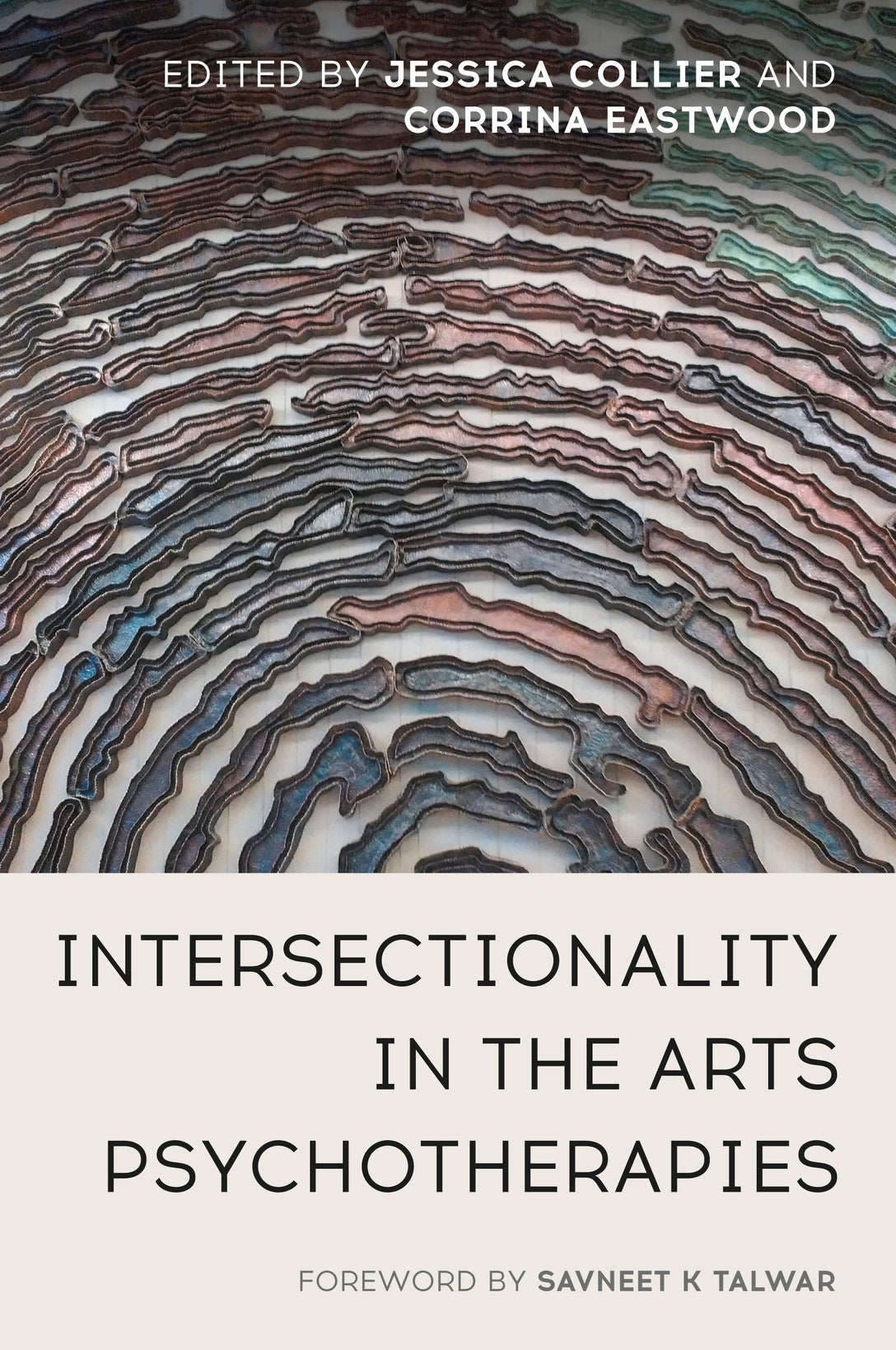
Press Reviews
Dr Daniel Baker, is an artist, curator and researcher. Former Chair of the Gypsy Council and author of publications including WE ROMA: A Critical Reader in Contemporary Art, Ex Libris and FUTUROMA
An exceptional and timely book which succeeds in unpacking the complexities of intersectional thinking within art psychotherapy, while at the same time demonstrating its role in challenging the unconscious bias, privilege and occlusions that can often deny authentic connection. The value of art as a tool for building recognition across the multiple identity positions that we each inhabit is explored throughout in case studies that exhibit remarkable scholarship, intimacy and deep compassion.
Dr Elizabeth Coombes, Course Leader for MA Music Therapy at the University of South Wales
The richness of the varied contributions to this much-needed text interrogating intersectionality provides a wealth of experiences for the reader. The wide range of contexts, discourses and varied clinical work explored here will be invaluable to all arts therapists as they seek to develop their practice and frameworks in contemporary society. The importance of this text cannot be overestimated; it is both innovative and timely, and will inspire practitioners from a broad range of professions. Whilst being challenging, it invites the reader to articulate their own position in the work as well as that of their clients.
Eugene Ellis is an Integrative Arts psychotherapist and is also the Director and founder of the Black, African and Asian Therapy Network (BAATN)
In this comprehensive text, Intersectionality and the Arts Psychotherapies, the contributors bring together multiple personal perspectives that acknowledge and honour the intersections of social and historical oppression in our work as therapeutic practitioners who use the creative arts, the body and metaphor. The reader will be challenged in their understanding of intersectionality and empowered in their practice as contemporary arts psychotherapists.
Dr Neil Springham is a Consultant Art Therapist, Executive Director of Therapies and Patient Experience at Oxleas NHS foundation Trust, London.
The contemporary moment is providing ample evidence that mental health problems can only be fully understood by factoring the effects of inequality, marginalisation and disempowerment. The societal structures driving those experiences have antecedents beyond any individual and so affect both the users and providers of therapy services. This much needed book challenges any presumption that professional therapy training might confer practitioners with some kind of blanket immunity to the historical forces at play in our cultures. Instead it proposes an update to the professional model where the therapist foregrounds their own unique points of intersection within those historical forces. This auto-ethnographic approach to cultural competence avoids problematic generalisations about groups. The reader is instead offered a process whereby the arts can be used to reflexively identify cultural assumptions which might blind therapists to opportunities for more effective therapeutic encounters. I welcome the transparent authorial style used by the arts therapist practitioners who demonstrate how social ownership can form the basis of a coherent therapeutic stance for our turbulent times.
